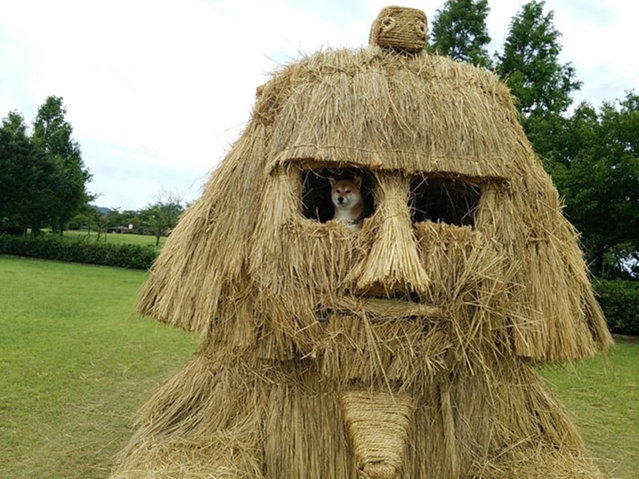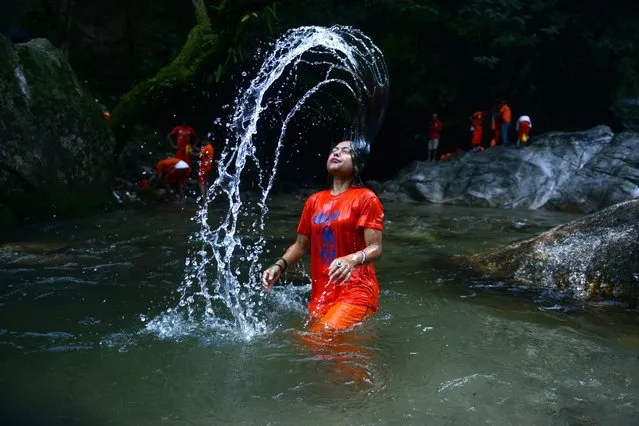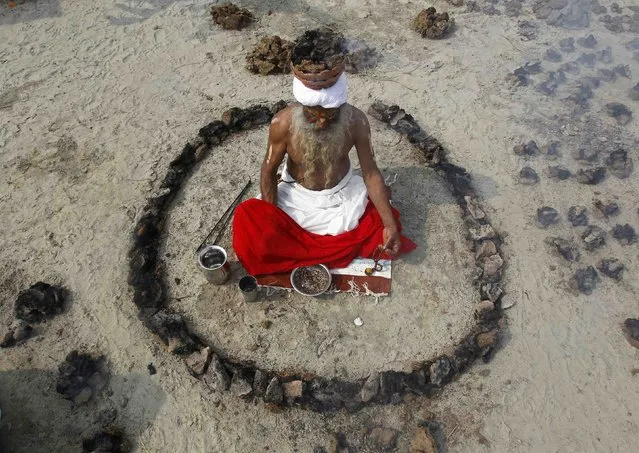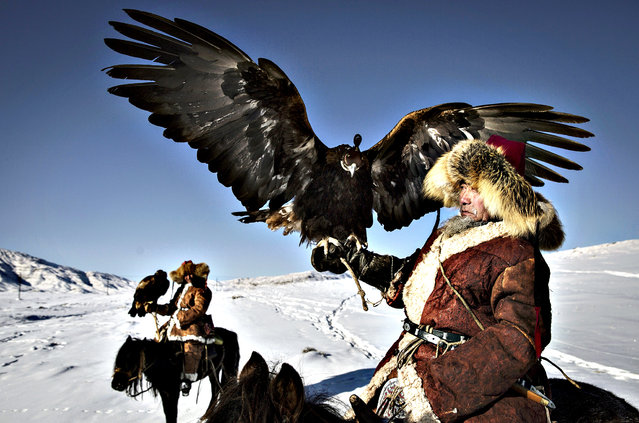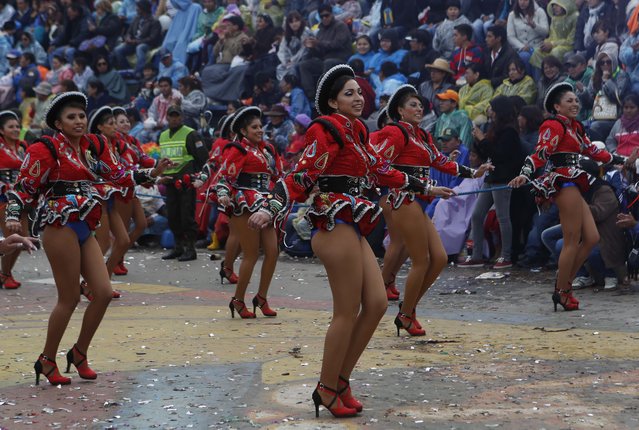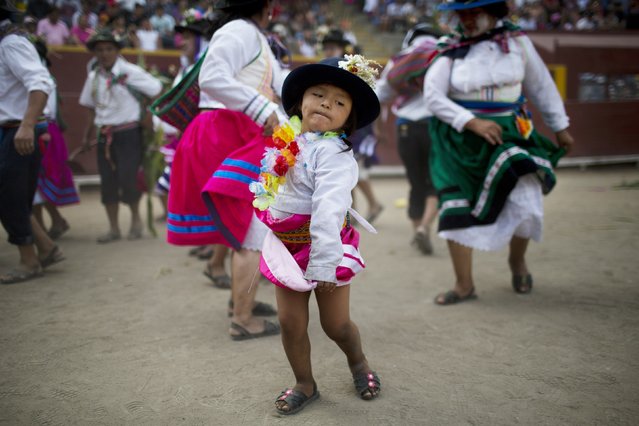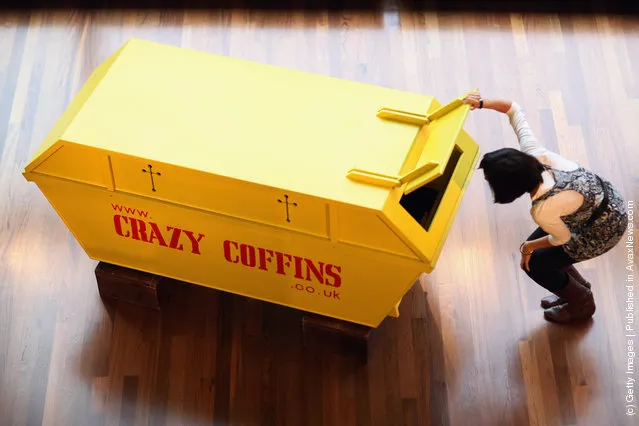
A coffin in the shape of a skip is displayed at the South bank Centre on January 20, 2012 in London, England. A collection of bespoke coffins by “Crazy Coffins” in Nottingham and the famous “Pa Joe” workshop in Ghana are currently on display at the South Bank centre, who are currently running a festival celebrating life and death. (Photo by Dan Kitwood/Getty Images)
26 Jan 2012 12:13:00,post received
0 comments

